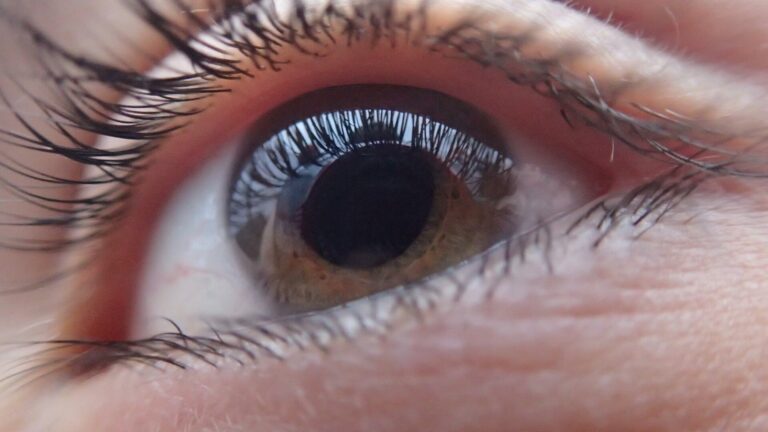Credit: CC0 Public Domain
Glaucoma is a lifelong eye disease that requires regular treatment. For many, it can be controlled with a daily regimen of eye drops, but the treatment isn’t perfect—preservatives in the drops can cause painful side effects, it’s difficult for most patients to use their medications as prescribed, and daily treatment is costly. Previous studies have shown that a laser treatment called selective laser trabeculoplasty is just as effective as eye drops, but without the drawbacks of eye drops.
A new study was presented on October 20 at AAO 2024the 128th annual meeting of the American Academy of Ophthalmology, shows that laser treatment has an additional advantage: glaucoma progressed 29% more slowly in patients treated with laser compared to eye drops.
“Selective laser trabeculoplasty should not only be considered an effective and safe alternative to drugs as a first-line treatment for primary open-angle glaucoma, but may also offer an advantage in reducing vision loss,” said lead researcher Giovanni Montesano, MD , Ph. D., of Moorfields Eye Hospital in London.
Glaucoma is the leading cause of blindness for people over the age of 60. But blindness from glaucoma can often be prevented with early treatment. Selective laser trabeculoplasty reduces eye pressure by stimulating the trabecular meshwork, the eye’s natural drainage system. Laser treatment is effective for most people and its effects can last for a few years or longer.
Dr. Montesano and colleagues conducted a new analysis of a randomized trial called the Laser in Glaucoma and Ocular Hypertension (LiGHT) trial. The trial, led by lead researcher Professor Gus Gazzard, compared selective laser trabeculoplasty and glaucoma eye drops as first-line treatment in patients newly diagnosed with open-angle glaucoma or ocular hypertension.
Six-year results showed that patients who received laser treatment experienced a statistically significant lower rate of disease progression and a reduced need for glaucoma surgery. Dr Montesano re-examined the visual field results from the LiGHT trial using a more detailed and sensitive statistical approach.
“From the first study, we developed one improved statistical technique to calculate the Mean Deviation rate of progression,” said Dr. Montesano. “This improved methodology, along with the longer follow-up, prompted us to retest the previously observed differences between the SLT-1st and Medication-1st arms of the trial LIGHT.”
Using this improved methodology, the data show a 29% reduction in the mean deviation progression rate in the best-eligible eye of patients who received laser treatment first after six years of follow-up. This translated into an estimated rate of eyes with rapid progression (faster than -0.5 dB/year) of 14% in the laser group and 25% for the eyedrop group.
Why does laser therapy provide better vision protection? Previous studies suggest that treatments that are more likely to provide continuous pressure control and do not rely on patient compliance with medication tend to be more effective in controlling glaucoma.
The American Academy of Ophthalmology recently published an Ophthalmic Technology Assessment of selective laser trabeculoplasty. The review concluded that laser therapy can be used either as a primary intervention, as a replacement for medication, or as an add-on to glaucoma medication.
Provided by the American Academy of Ophthalmology (AAO)
Reference: Laser therapy study supports shift in standard glaucoma care (2024, October 21) Retrieved November 3, 2024 from
This document is subject to copyright. Except for any fair dealing for purposes of private study or research, no part may be reproduced without written permission. The content is provided for informational purposes only.


